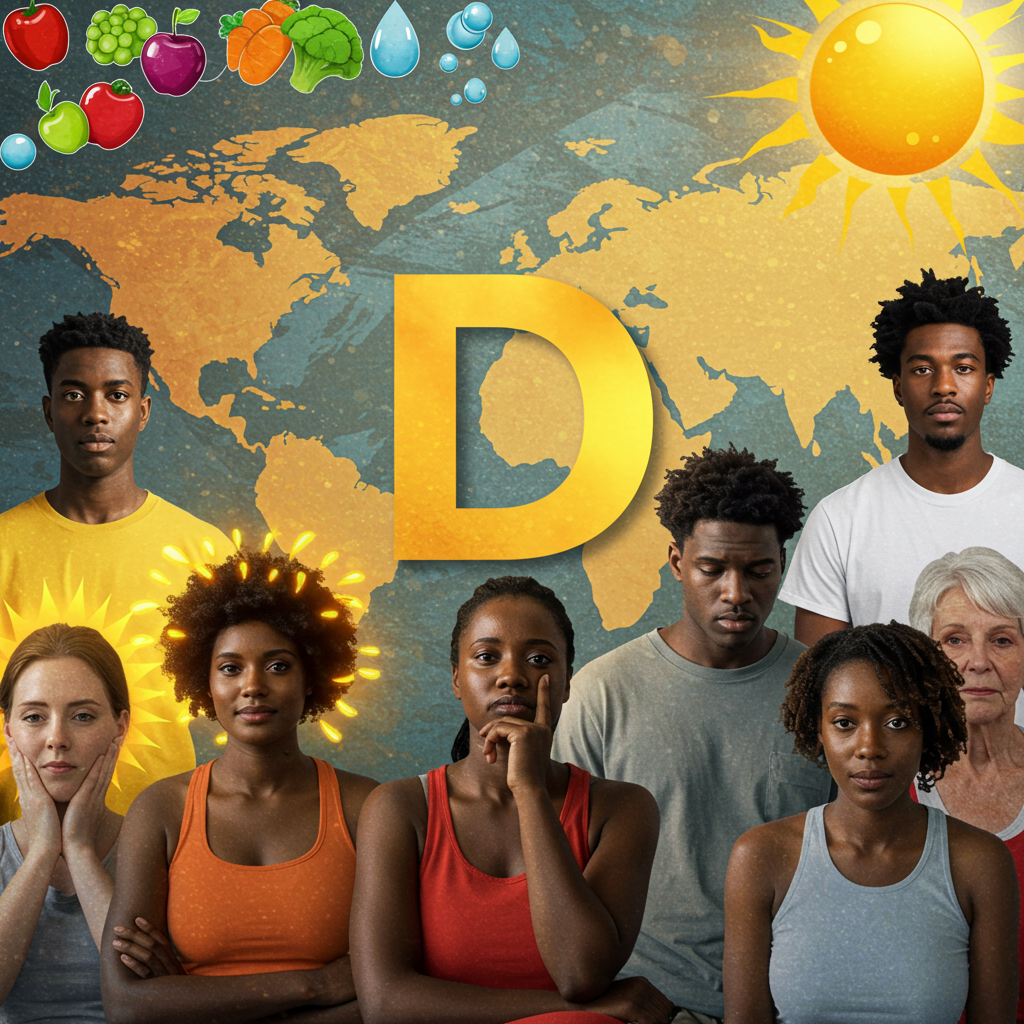Nestled amidst the majestic Canadian Rockies in Kananaskis, Alberta, leaders from the world’s wealthiest nations have convened for this year’s G7 summit. Chaired by Canadian Prime Minister Mark Carney, the elite gathering unfolds against a turbulent backdrop of global crises, spanning conflicts across continents and pervasive economic instability.
For Carney, this summit marks a critical moment – his first major international assembly as prime minister. It’s seen as a test of his vision for Canada: asserting global leadership, strengthening the economy within the G7 bloc, and fostering greater independence from the United States. However, his carefully planned agenda, initially streamlined around the global economy and security, has been dramatically reshaped.
Geopolitical Flashpoints Take Centre Stage
What was intended to be a focus on Canada’s priorities has been largely upended by the escalating Israel-Iran conflict. This issue has unexpectedly surged to the forefront of the G7 agenda, presenting a formidable challenge for leaders seeking common ground amid diverging national stances. While some nations like the UK and France urge restraint and de-escalation, others hold starkly different views.
This sudden shift echoes past G7 gatherings where unforeseen events dominated discussions, often diverting attention from pre-planned topics like the war in Ukraine or managing trade tensions.
Navigating the Trump Dynamic
A central figure under scrutiny will be US President Donald Trump. Having frequently challenged Canada’s sovereignty and initiated global trade disputes, his interactions with Carney and other leaders will be closely watched. Observers note that the dynamics will be evident from the moment of arrival, with Carney needing to project an image of treating Trump as an equal while also keeping him in check during discussions.
Trump’s presence inevitably brings to mind the contentious 2018 G7 summit in Charlevoix, Quebec. That meeting ended in disarray after disagreements over trade language led to Trump withdrawing support for the final communique and departing early. Carney, reflecting on that experience, has emphasized a strategy of consistency – saying the same thing privately and publicly – as a key lesson learned.
Acknowledging the G7’s nature as a “consensus body,” Canada has notably opted against issuing a single, lengthy final communique this year. Instead, the plan is to release six shorter, “action-oriented statements” on specific agenda items, a move seen partly as a way to avoid the textual disputes that complicated past summits, particularly with the US.
The summit is also Trump’s first major appearance on the world stage since his inauguration, leaving other leaders wondering whether he will seek confrontation or adopt a more statesmanlike posture. Some analysts question the ongoing relevance of the G7 itself in an era where Trump often favours bilateral deals over multilateral consensus.
Global Economic Headwinds & Trade Tensions
Discussions on the global economy are a traditional pillar of G7 summits, and this year’s conversation is set against a challenging backdrop. The World Bank forecasts the slowest decade for global growth since the 1960s, partly attributing this to the impact of US tariffs. This reality is likely to lead to some candid – or in diplomatic terms, “frank” – exchanges.
Trump’s “America First” trade policies remain a significant point of tension among allies. While the G7 was founded to address economic crises collaboratively, it now sees punitive measures from one of its own members. Other leaders are expected to argue that if the US seeks their cooperation on longer-term threats like addressing China’s influence, imposing economic hardship through tariffs is counterproductive. The summit offers a platform for leaders to highlight the trade-off between protectionist measures and coordinating action against shared challenges.
Beyond trade, Trump’s agenda includes priorities such as migration, critical minerals, security, and combating drug trafficking, all slated for discussion.
Continued Support for Ukraine
The ongoing conflict in Ukraine remains a pressing concern. Ukrainian President Volodymyr Zelensky is attending the summit, seeking continued international support, increased sanctions against Russia, and financing for future reconstruction.
Specifically, the G7 agenda is expected to focus on hitting Russia’s economy. Efforts to make the oil price cap more effective are on the table, with discussions potentially circling around lowering the current $60 per barrel limit. Furthermore, allies are pushing for a tough new package of economic sanctions targeting Russia’s energy revenues, banks, and military industry. Proposals include measures like implementing steep tariffs on countries purchasing cheap Russian oil, notably China and India, an initiative backed by US senators. The G7 summit offers a crucial opportunity to coordinate these efforts and assess Trump’s current stance on the conflict.
Canada’s Priorities & Geopolitical Minefields
Despite the dominance of global crises, Canada is steering discussions on its core priorities: building stronger economies and strengthening peace and security. Key agenda items include harnessing the power of artificial intelligence, fortifying critical mineral supply chains, countering foreign interference (especially within global diaspora communities), and improving the international response to the growing threat of global forest fires. The latter is a poignant topic for Canada, having experienced its worst wildfire season in 2023 and facing another potentially severe year, with smoke potentially visible even to delegates in Kananaskis.
As host, Canada has also invited a diverse group of non-G7 leaders, introducing additional diplomatic complexities. Beyond Zelensky, notable guests include Indian Prime Minister Narendra Modi and Mexican President Claudia Sheinbaum, alongside leaders from Europe, NATO, Australia, South Africa, South Korea, Indonesia, and Brazil.
Modi’s invitation, while justified by Carney citing India’s economic importance, comes amidst severely strained relations following Canada’s accusation of India’s involvement in the murder of a Sikh separatist leader on Canadian soil two years prior. This adds a layer of controversy and sensitivity to the summit’s interactions. Sheinbaum’s presence, the first Mexican president to attend since 2018, sets the stage for crucial discussions on North American trade, particularly in light of Trump’s tariff policies.
This G7 summit, marking a significant moment for Prime Minister Carney, will ultimately reveal whether the group can effectively navigate its internal divisions and external crises to function as a cohesive steering committee for the world’s leading economies.



